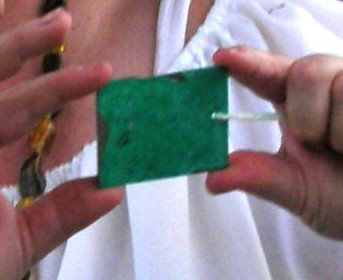
The pigeon towers of Iran will play a significant role in the feast I am doing.
From the url: http://archnet.org/library/sites/one-site.tcl?site_id=8372
Notes Hundreds of pigeon towers or dovecotes, dating largely to the Safavid reign, dot the fields in the vicinity of Isfahan. Distinct examples of secular architecture in Iran, these structures played an important role, much alike the subterranean canal system (qanats), in sustaining the hinterland that made possible an urban center at Isfahan. The turrets built with the purpose of collecting pigeon dung were a significant source of local revenue and were frequently decorated with white plaster and crenellations.
These cylindrical towers constructed of brick, gypsum, and lime plaster would range from 15 to 25 meters in diameter to often imposing heights of 20 meters or more. Topped with domes with crevices to allow access to honeycombed interiors, each pigeon tower could accommodate thousands of the Persian wild pigeon that could be harvested annually for dung to manure fields and soften leather in Isfahan's famed tanneries. Agriculture in the fertile but nitrogen lacking Isfahan plains was largely supported in this manner, and the legendary melons grown in the region were particularly dependent on this fertilizer. These structures have been deteriorating with little maintenance ever since they were rendered functionally obsolete with modern use of chemical fertilizers and tanning chemicals. There has been a significant drop in pigeon tower numbers from the thousands reported in seventeenth century accounts of Safavid Isfahan by French traveler Chardin, to the present day count of approximately a remaining hundred in the entire province.
Sources:
Hutt, Anthony and Leonard Harrow. 1978. Islam Architecture: Iran I. London: Scorpion Publishers, 171.
"Dovecotes, Esfahan". IranGardan Publication Website. http://www.irancaravan.com/Ih99.htm#Dovecotes. [Accessed February 13, 2006].
"Pigeon Towers". Isfahan Website at the Anglia Polytechnic University. http://www.isfahan.org.uk/kabutar/kabutar.html. [Accessed February 13, 2006].
Someone is saying there were as many as 3,000 of these pigeon towers outside of Isfahan during period. Even if it were only 300, it would provide an incredible amount of fertilizer. The towers were cleaned 1 time a year which is pretty common for a poultry cleaning. Archeologists seem to miss something about this. Modern poultry production safety requires that you were a full respirator when cleaning a cote or coop. Bird and bat feces tends to go airborn fast and the fecal dust has some pretty shitty things in it. The guy who cleans the coat had better be paid well because I know the hard way, that even with a respirator, you will be sick for a week after you do it. I would love to know their cote-cleaning fatality rates. Another variable to consider... I get sick far less often than my contemporaries because in part, I have an intimate relationship with organic life.
http://www.muslimheritage.com/topics/default.cfm?ArticleID=368
I need the book of agriculture. Must sleep. Post later.
